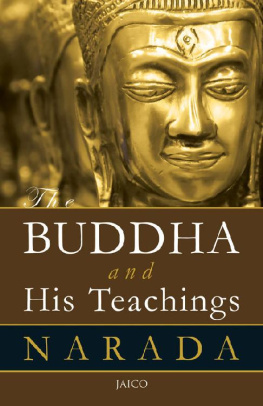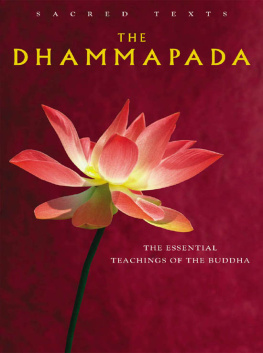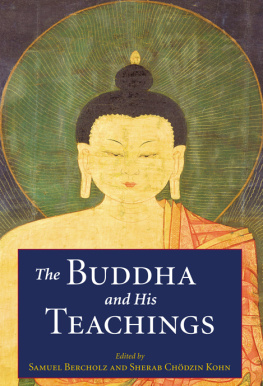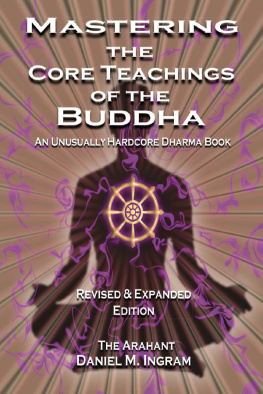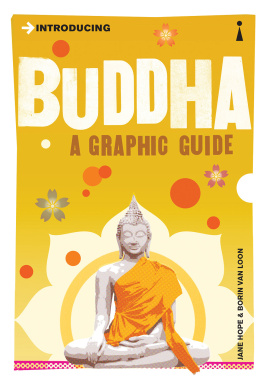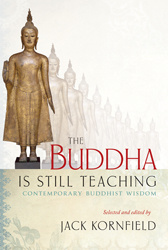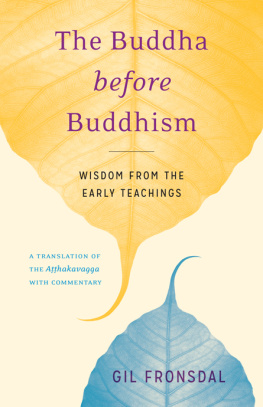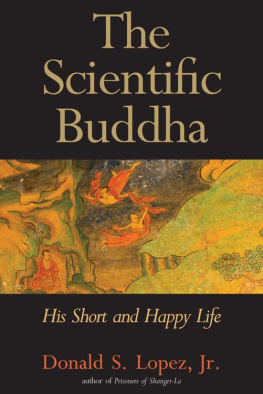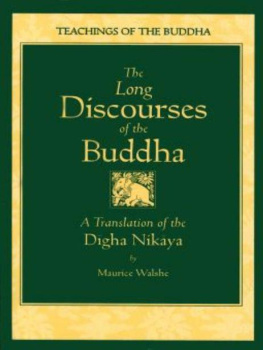INTRODUCTION
Many valuable books have been written by Eastern and Western scholars, Buddhists and non-Buddhists alike, to present the life and teachings of the Buddha to those who are interested in Buddhism.
Amongst them one of the most popular works is still The Light of Asia by Sir Edwin Arnold. Many Western truth- seekers were attracted to Buddhism by this world-famous poem.
Congratulations of Eastern and Western Buddhists are due to the learned writers on their laudable efforts to enlighten the readers on the Buddha-Dhamma.
This new treatise is another humble attempt made by a member of the Order of the Sangha, based on the Pli Texts, commentaries, and traditions prevailing in Buddhist countries, especially in Ceylon.
The first part of the book deals with the Life of the Buddha, the second with the Dhamma, the Pli term for His Doctrine.
The Buddha-Dhamma is a moral and philosophical system which expounds a unique path of Enlightenment, and is not a subject to be studied from a mere academic standpoint.
The Doctrine is certainly to be studied, more to be practised, and above all to be realized by oneself.
Mere learning is of no avail without actual practice. The learned man who does not practise the Dhamma, the Buddha says, is like a colourful flower without scent.
He who does not study the Dhamma is like a blind man. But, he who does not practise the Dhamma is comparable to a library.
There are some hasty critics who denounce Buddhism as a passive and inactive religion. This unwarranted criticism is far from the truth.
The Buddha was the first most active missionary in the world. He wandered from place to place for forty-five years preaching His doctrine to the masses and the intelligentsia. Till His last moment, He served humanity both by example and by precept. His distinguished disciples followed suit. Penniless, they even travelled to distant lands to propagate the Dhamma, expecting nothing in return.
"Strive on with diligence", were the last words of the Buddha. No emancipation or purification can be gained without personal striving. As such petitional or intercessory prayers are denounced in Buddhism and in their stead is meditation which leads to self-control, purification, and enlightenment. Both meditation and service form salient characteristics of Buddhism. In fact, all Buddhist nations grew up in the cradle of Buddhism.
"Do no evil", that is, be not a curse to oneself and others, was the Buddha's first advice. This was followed by His second admonition "Do good", that is, be a blessing to oneself and others. His final exhortation was "Purify one's mind" which was the most important and the most essential.
Can such a religion be termed inactive and passive?
It may be mentioned that, amongst the thirty-seven factors that lead to enlightenment (Bodhipakkhiya-Dhamma), viriya or energy occurs nine times.
Clarifying His relationship with His followers, the Buddha states:
"You yourselves should make the exertion.
The Tathgatas are mere teachers."
The Buddhas indicate the path and it is left for us to follow that path to obtain our purification. Self-exertion plays an important part in Buddhism.
"By oneself is one purified; by oneself is one defiled."
Bound by rules and regulations, Bhikkhus can be active in their own fields without trespassing their limits, while lay followers can serve their religion, country and the world in their own way, guided by their Buddhist principles.
Buddhism offers one way of life to Bhikkhus and another to lay followers.
In one sense all Buddhists are courageous warriors. They do fight, but not with weapons and bombs. They do kill, but not innocent men, women and children.
With whom and with what do they fight? Whom do they mercilessly kill?
They fight with themselves, for man is the worst enemy of man. Mind is his worst foe and best friend. Ruthlessly they kill the passions of lust, hatred and ignorance that reside in this mind by morality, concentration and wisdom.
Those who prefer to battle with passions alone in solitude are perfectly free to do so. Bhikkhus who live in seclusion are noteworthy examples. To those contended ones, solitude is happiness. Those who seek delight in battling with life's problems living in the world and thus make a happy world where men can live as ideal citizens in perfect peace and harmony, can adopt that responsibility and that arduous course.
Man is not meant for Buddhism. But Buddhism is meant for man.
According to Buddhism, it should be stated that neither wealth nor poverty, if rightly viewed, can be an obstacle towards being an ideal Buddhist. Anthapindika, the Buddha's best supporter, was a millionaire. Ghatikra, who was regarded even better than a king, was a penniless potter.
As Buddhism appeals to both the rich and the poor it appeals equally to the masses and the intelligentsia.
The common folk are attracted by the devotional side of Buddhism and its simpler ethics while the intellectuals are fascinated by the deeper teachings and mental culture.
A casual visitor to a Buddhist country, who enters a Buddhist temple for the first time, might get the wrong impression that Buddhism is confined to rites and ceremonies and is a superstitious religion which countenances worship of images and trees.
Buddhism, being tolerant, does not totally denounce such external forms of reverence as they are necessary for the masses. One can see with what devotion they perform such religious ceremonies. Their faith is increased thereby. Buddhists kneel before the image and pay their respects to what that image represents. Understanding Buddhists reflect on the virtues of the Buddha. They seek not wordly or spiritual favours from the image. The Bodhi-tree, on the other hand, is the symbol of enlightenment.
What the Buddha expects from His adherents are not these forms of obeisance but the actual observance of His Teachings. "He who practises my teaching best, reveres me most", is the advice of the Buddha.
An understanding Buddhist can practise the Dhamma without external forms of homage. To follow the Noble Eightfold Path neither temples nor images are absolutely necessary.
Is it correct to say that Buddhism is absolutely otherworldly although Buddhism posits a series of past and future lives and an indefinite number of habitable planes?







